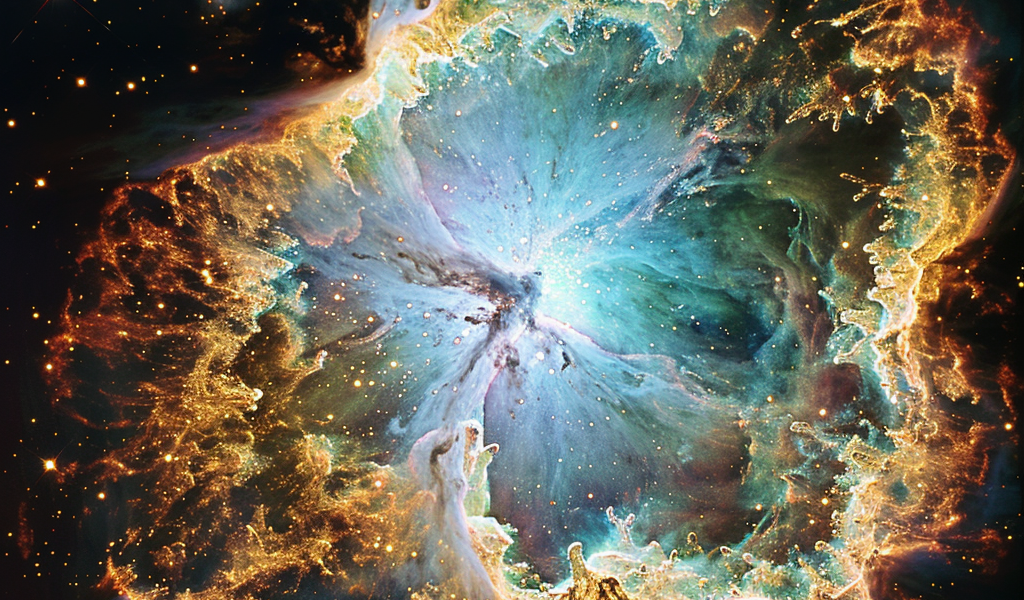In a recent stunning revelation, the iconic Crab Nebula has been captured in exquisite detail by the powerful James Webb Space Telescope. The Crab Nebula, a celestial object with a rich history, was first documented by Chinese astronomers in July 1054 as a bright ‘guest star’ in the sky, eventually revealing itself as a cloud of debris from a dying star located approximately 6,500 light-years away in the Taurus constellation.
Named by Irish astronomer Lord Rosse in the 19th century for its claw-like appearance, the Crab Nebula has long fascinated scientists with its unique structure. The latest mosaic from the James Webb Space Telescope showcases intricate cage-like formations formed by dust grains, offering a fresh perspective on this enigmatic supernova remnant.
Unlike other remnants, the Crab Nebula’s dust reservoir is concentrated in filaments along the outer shell, providing valuable insights into the explosion’s origins. NASA’s James Webb Space Telescope’s detailed analysis of the nebula’s structure has provided astronomers with crucial data to further explore the leading theories surrounding this cosmic phenomenon.
Study co-author Nathan Smith from the University of Arizona’s Steward Observatory remarked, ‘The Crab Nebula lives up to a tradition in astronomy: The nearest, brightest, and best-studied objects tend to be bizarre.’ This sentiment underscores the ongoing fascination with this cosmic entity that continues to defy conventional understanding.
Having expanded over 11 light-years since its supernova explosion, the Crab Nebula remains a key subject of study due to its proximity and unique characteristics. Despite decades of observation, the precise mechanisms behind the supernova event remain elusive, fueling ongoing research and exploration.
The James Webb Space Telescope’s deep dive into the Crab Nebula’s intricate details opens new avenues for scientific inquiry and promises further revelations about this captivating celestial object. Stay tuned for more updates on this cosmic marvel as astronomers unravel its mysteries.





